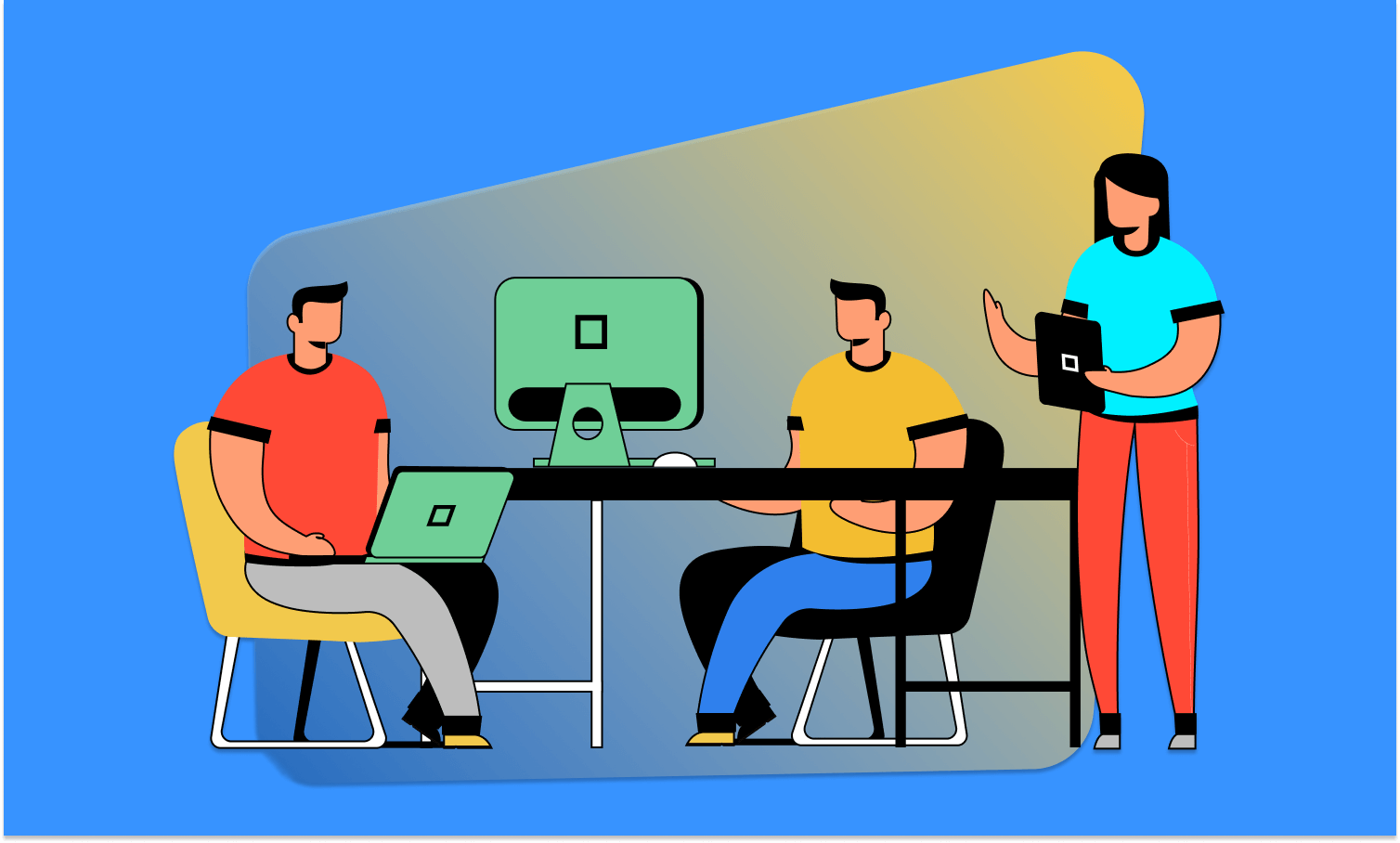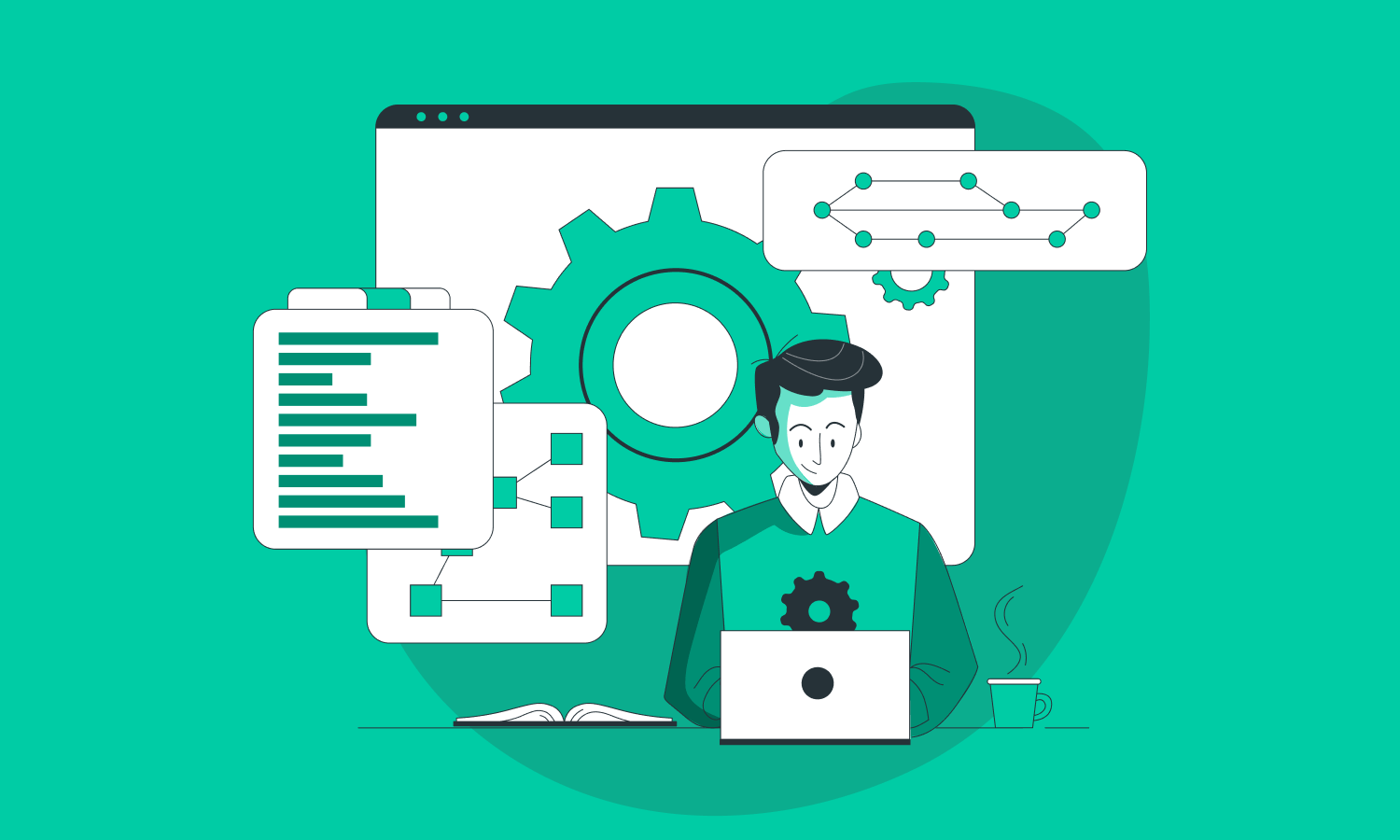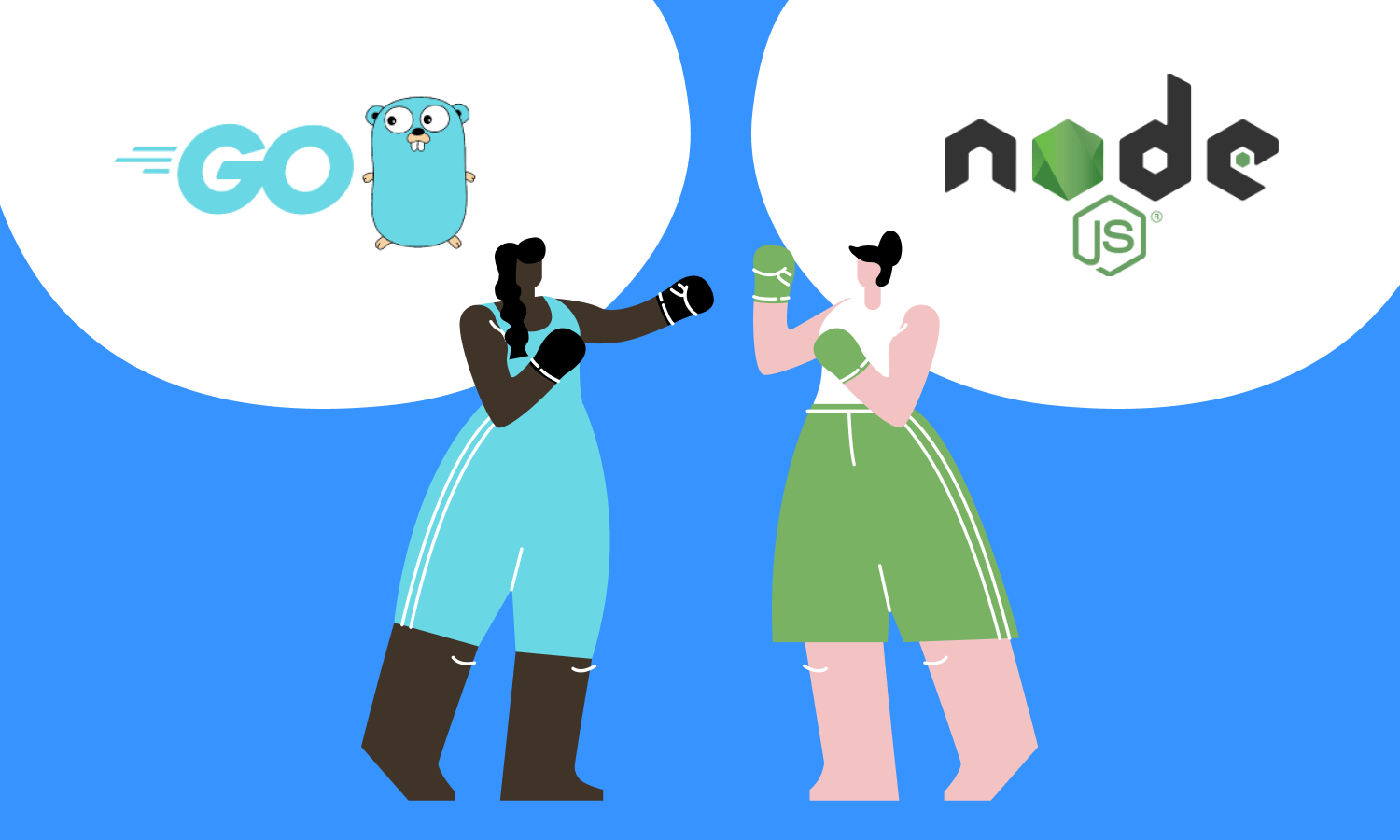How to Choose the Best SDLC Methodology for Your Project?

Software Development Life Cycle (SDLC) means the systematic development process of software. This lifecycle includes several stages. They ensure that a high-quality software product will be created and released to end-users considering the fast pace and optimized costs.
How to define software quality? It might relate the robustness of its functionality, performance, security, and end-user experience.
In this post, we briefly list the SDLC process and its popular types, including Waterfall, Agile, Lean, Spiral, Iterative, and DevOps Software Development Life Cycle approaches.
Who uses the SDLC?
There are so many companies involved in software development. These businesses must go beyond digital transformation and successfully adapt off-the-shelf technology solutions. They must develop capabilities internally to create software solutions that optimize business operations.
Startups and large corporations are innovating their business models to serve customers through digital channels or utilize technology platforms for improved delivery of products/services. The SDLC approach is not only for developers. Nowadays it is used by cross-functional teams to collaborate across various stages of the SDLC and perform collectively. Following SDLC practices, you’ll be able to accelerate the software development process without extra headaches.
What are the Phases of the Software Development Life Cycle?
1. Planning phase
Planning stage of SDLC starts with requirement gathering. This is the most significant phase from the perspective of project managers and all stakeholders. At this stage, you’ll need to answer the following questions: How your software product will be used? Who will use it? What data will serve as the input/output of the software? etc.
2. Analysis
After collecting requirements, you will have to analyze them for validity and feasibility. It is actually about recognizing the possibility to add the requirements to the software. Once the analysis is complete, it is time for test planning.
3. Design phase
The design of requirements specified in the very first SDLC phase happens at this stage. It helps to determine the overall software architecture. The system design specifications serve as the input for the next step. During the design process, testers should come up with an apt testing strategy.
4. Development and testing stages
It is up to you to consider the development and testing as a single unit or break it into two sub-phases. Anyway, the whole process remains the same. This SDLC phase is where the actual coding starts, that’s why many people consider it as the most important one.
5. Implementation/deployment
This phase is run after the successful testing of software. It is about simply delivering the product to the end-user or installing it onto the client’s system. There can be some changes, and after them – the final deployment takes place.
6. Maintenance
Finally, the last stage happens. Maintenance deals with solving problems experienced by the end-users that they experience while using the software product.
Top 6 Software Development Life Cycle Methodologies
Waterfall SDLC
The simplest of all SDLC practices is a traditional Waterfall that follows SDLC steps in a linear sequential order.
Waterfall is a rigid approach to software development in comparison with other SDLC methods. According to the traditional approach, developers should work step-by-step starting from requirement analysis to deployment. They can only move on to the next step when the previous one is completed.
It all begins with a thorough requirement analysis that can be performed by business analysts, customer representatives, and subject experts. Then developers proceed to the designing phase (UI/UX). Using their design, the SDLC procedure enters the development phase. The next stage is testing, where the software is tested for defects and bugs. The last stage of the Waterfall process is software launch.
The Waterfall SDLC model is easy to plan and simple to manage. The only vivid drawback relates to the lack of flexibility in changing scope during the development process. Waterfall better suits for smaller projects with clearly defined requirements.
Agile SDLC
The ability to move quickly and easily is what beneficially distinguishes Agile from the rest. Unlike Waterfall, the Agile method prioritizes shorter planning phases, staged delivery, and regular customer interaction.
Agile divides the entire development cycle into short deliveries called sprints. The sprint usually lasts 2-4 weeks and focuses on delivering a component of the final product. Each sprint has its own team of developers. After completing the component during the sprint, it is delivered to the customer for feedback.
Agile SDLC requires back and forth communication between developers and customers. This model has good communication channels and advanced collaborative tools in place to ensure a smooth flow of information.
If you are looking for any Agile drawback, then let it be the fact that it requires special skills. The method does not have a rigorous planning stage, so it also pays less attention to the design and documentation of requirements.
Agile is the best choice for customers with uncertain requirements and creative projects. It is especially appreciated by startups, which can benefit from Agile flexibility.

Lean SDLC
The Lean approach looks rather similar to Agile as it also focuses on iterative improvements, efficiency, and quick delivery of the end product.
This SDLC model that emerged from Japanese manufacturing is rooted in the principle of increasing efficiency by reducing waste at every development process step.
There are 7 main principles of Lean SDLC:
- Eliminating waste
- Optimizing the entire development process
- Amplifying learning
- Empowering the team
- Deciding as late as possible
- Delivering as fast as possible
- Increasing quality
Nowadays, all these principles have become integral to the modern software development life cycle models.
Iterative SDLC
The iterative model of SDLC was introduced as the alternative to Waterfall. The model follows all the steps of the traditional Waterfall but in repetitive cycles called iterations. The first step here is a planning step, the last one is deployment, with cyclical processes of design, implementation, testing, and evaluation in between.
This approach is also known as an incremental process because the final product is developed by working on smaller portions during each iteration. These chunks go through the SDLC steps over repeated cycles. It gives software developers the opportunity to identify errors and fix them. It guarantees high-quality software as the end product.
Iterative SDLC can be compared with Agile as it also has a pre-defined scope of increments and requires less customer involvement.
Spiral SDLC
The combination of the Iterative and Waterfall models represents a
Spiral SDLC model. In this approach, every stage begins with a design goal and ends with the customer review.
Developers start with a small set of requirements and move through each stage to fulfill them. The Spiral model is famous for its advanced flexibility in comparison with other SDLC methods.
Spiral is a good choice for expensive and complicated projects as it gives development teams a chance to generate a highly customized product and incorporate user feedback early on in the project. The approach ensures high-quality risk management as every single iteration starts by looking ahead to potential risks. Spiral requires special skills to evaluate risks and assumptions as well as high costs and time to reach the final product.
DevOps SDLC
This approach is one of the newest SDLC methodologies. Having chosen DevOps, development and operational teams collaborate closely and sometimes as one team.
The model allows for accelerating innovative ideas and deploying higher-quality and reliable software solutions. It guarantees that changes become more fluid, while organizational risks are reduced.
DevOps is also known for constant process improvements, frequent product updates, continuous feedback, advanced discipline, and the automation of manual tasks. Some people will say that the method is rather expensive requires much time to adopt all DevOps technologies.
Which SDLC model is the best one?
The first idea you should pay attention to while choosing the best model out of all the different types of SDLC frameworks is to understand that each approach is suitable for different projects, requirements, and environments.
If you manage a simple and straightforward project with the requirements that do not need to be changed, choose Waterfall. If your project includes multiple components and segments, if it is large-scale and complex, then Spiral or Iterative methodologies are the best choices for you.
There is no ideal SDLC model and it is difficult to determine the preference of one method over the others. However, to choose the best option, you should be aware of all the types of SDLC models and evaluate the requirements of all the stakeholders.



